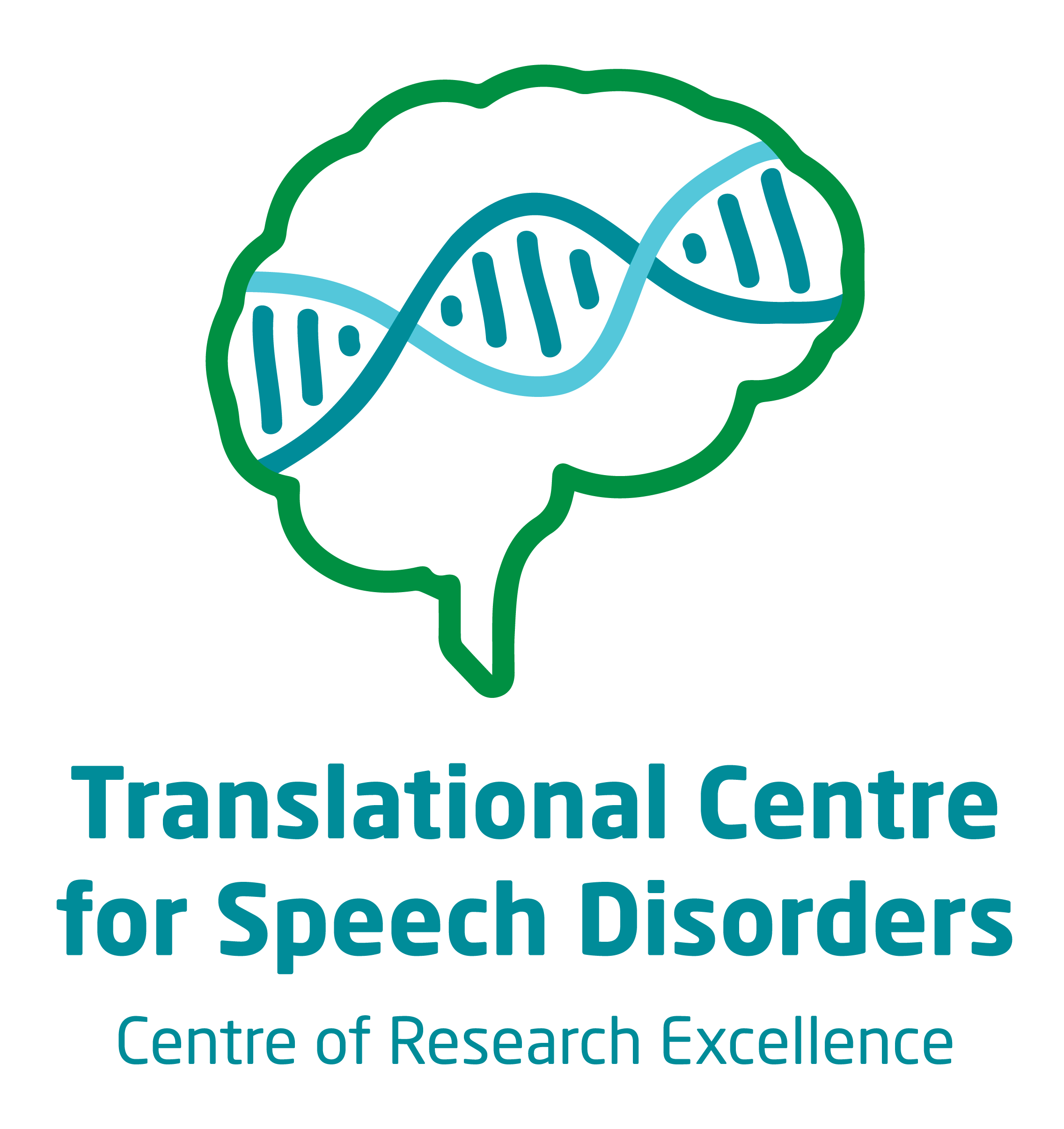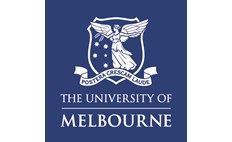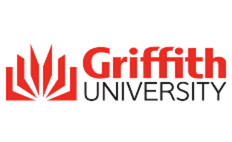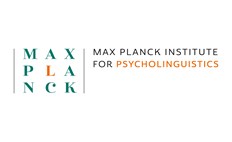PHF21A
What is PHF21A-related disorder?
PHF21A is a member of the BRAF35, a histone deacetylase complex that mediates repression of neuron-specific genes. The PHF21A gene is found on chromosome 11 on the p arm at position 11.2 (11p11.2). PHF21A is highly expressed in the brain. PHF21A- related disorder has been associated with autism, intellectual disability (mild to moderate), craniofacial abnormalities (e.g., a small head, distinct facial features), hypotonia (low muscle tone), and epilepsy.1,2 Challenges with attention (e.g., attention deficit hyperactive disorder, ADHD) are noted. Some individuals also have fine and gross motor challenges, vision impairment, and heart abnormalities.1,2
Contact
For further information, do get in touch with the CRE Speech and Language research team at:
Email: geneticsofspeech@mcri.edu.au
Phone: (03) 9936 6334
Frequently asked questions
There is much variation in the developmental presentation of children with PHF21A-related disorder. The presence and severity of other associated features (e.g., intellectual disability) may also affect speech development. Based on present research, children with PHF21A-related disorder will take more time to reach developmental speech and language milestones relative to peers. 1,2
There is large variation in speech and language development of individuals with ZBTB18-related disorder. One speech condition that has been linked to ZBTB18-related disorder is Childhood Apraxia of Speech (CAS). CAS is a motor speech disorder affecting production, sequencing, and stress of speech.3
There is considerable variability between individuals with this condition. Currently, there is not enough data to inform exactly how speech develops overtime and when certain milestones can be anticipated. Some individuals do not develop enough verbal speech to rely on this for their daily communication needs. These individuals require augmentative and alternative communication (AAC) systems to communicate, whilst other individuals can rely on verbal speech to communicate.2
Of the individuals reported to date in the scientific literature, some individuals attend mainstream school with support, and others may attend specialist school settings, especially those individuals with severe intellectual disability.3 However, any individual should be assessed for their needs, and should attend the most appropriate education setting based on their needs, the supports available in different educational settings and of course taking into consideration local educational policies.
At present, speech and language therapies are focused on the individual’s specific speech and language needs. A speech pathology assessment will pinpoint the specific areas for support, taking into consideration the goals for the individual/family. Children who have few spoken words or some words that are unclear, may benefit from augmentative and alternative communication (AAC) options (e.g., sign language, electronic speech generating devices).
For verbal children who have CAS, the Nuffield Dyspraxia Programme version 3 (NDP-3) or the Rapid Syllable Transition Treatment (ReST), are two programs which have been proven to be effective in a randomised controlled trial.5 There are currently a number of other CAS focused therapies undergoing rigorous clinical testing, including Dynamic Tactile Temporal Cueing.6 One treatment that is often used for children who are minimally verbal and who benefit from tactile prompts (prompts to the lips, cheek etc) to help stimulate speech production is Prompts for Restructuring Oral Muscular Phonetic Targets (PROMPT). 7,8 Yet to date, none of these therapies have not been specifically trialled with children with neurogenetic conditions. Further to the speech production therapies, children who have delayed language also require early intervention programs targeting early language development.9
For information and support on childhood apraxia of speech: https://www.apraxia-kids.org
References
- Ballif, B. C., Rosenfeld, J. A., Traylor, R., Theisen, A., Bader, P. I., Ladda, R. L., ... Shaffer, L. G. (2012). High-resolution array CGH defines critical regions and candidate genes for microcephaly, abnormalities of the corpus callosum, and seizure phenotypes in patients with microdeletions of 1q43q44. Human Genetics, 131(1), 145–156. https://doi.org/10.1007/s00439-011-1073-y
- Cohen, J. S., Srivastava, S., Farwell Hagman, K. D., Shinde, D. N., Huether, R., Darcy, D., ... & Fatemi, A. (2017). Further evidence that de novo missense and truncating variants in ZBTB18 cause intellectual disability with variable features. Clinical Genetics, 91(5), 697-707.
- Kaspi, A., Hildebrand, M. S., Jackson, V. E., Braden, R., Van Reyk, O., Howell, T., ... & Morgan, A. T. (2022). Genetic aetiologies for childhood speech disorder: novel pathways co-expressed during brain development. Molecular psychiatry, 1-17.
- Van der Schoot V, de Munnik S, Venselaar H, Elting M, Mancini GMS, Ravenswaaij- Arts CMA, et al. Toward clinical and molecular understanding of pathogenic variants in the ZBTB18 gene. Mol Genet Genom Med. 2018;6:393–400
- Murray, E., McCabe, P., & Ballard, K. J. (2015). A randomized controlled trial for children with childhood apraxia of speech comparing rapid syllable transition treatment and the Nuffield Dyspraxia Programme–Third Edition. Journal of Speech, Language, and Hearing Research, 58(3), 669-686.
- Strand, E. A. (2020). Dynamic temporal and tactile cueing: A treatment strategy for childhood apraxia of speech. American Journal of Speech-Language Pathology, 29(1), 30-48.
- Morgan, A. T., Murray, E., & Liegeois, F. J. (2018). Interventions for childhood apraxia of speech. Cochrane Database of Systematic Reviews, (5).
- Namasivayam, A. K., Huynh, A., Granata, F., Law, V., & van Lieshout, P. (2021). PROMPT intervention for children with severe speech motor delay: a randomized control trial. Pediatric research, 89(3), 613-621.
- Ebbels, S. H., McCartney, E., Slonims, V., Dockrell, J. E., & Norbury, C. F. (2019). Evidence‐based pathways to intervention for children with language disorders. International journal of language & communication disorders, 54(1), 3-19.






